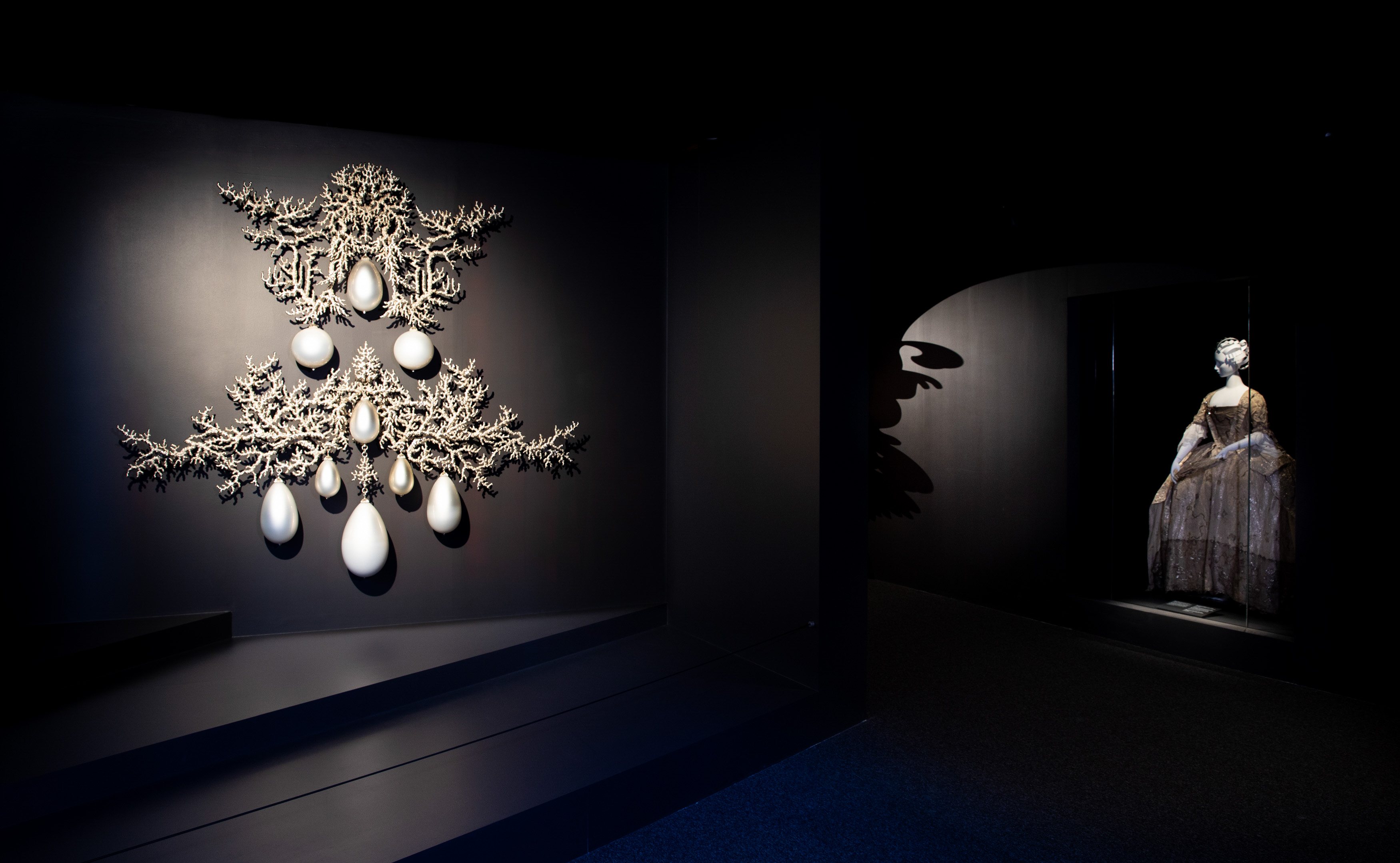
Bequests have played a major part in the development of the Museum’s collection and have provided us with some of our most important and best-loved objects. Last year MAAS received a particularly generous bequest of objects and funds from Barry John Willoughby, a passionate Sydney collector of decorative arts. In his will, Willoughby left the Museum many objects alongside funds for new acquisitions which will continue to significantly enrich our decorative arts and design collections well into the future.
When Barry Willoughby saw his first exhibition at the now legendary Glass Artists Gallery in the Sydney inner suburb of Glebe, he fell in love with Australian studio glass. The 1980s were an exciting time for Australian designers and makers of contemporary glass when a questioning of tradition resulted in an explosion of creativity and thriving studio practices. Bold contemporary glassworks, created as part of what is known as the Australian Crafts Movement, were quickly finding their way into art galleries and museum and gallery collections.
Excited by the new developments in art glass which were inspired by, and paralleled those in the USA and Europe, Willoughby started collecting. He befriended some Sydney artists and was always on the lookout for new talent; his collection included rare examples of pioneers of the Movement such as Stephen Skillitzi, Sam Herman and Warren Langley. According to Sydney glass artist Jan Blum, he bought the first work she ever sold (leadlight panel The Heart is a Lonely Hunter, 1986), thus encouraging the artist to further experiment with glass. Simultaneously, he was also assembling a parallel collection of European art deco and modernist glass.
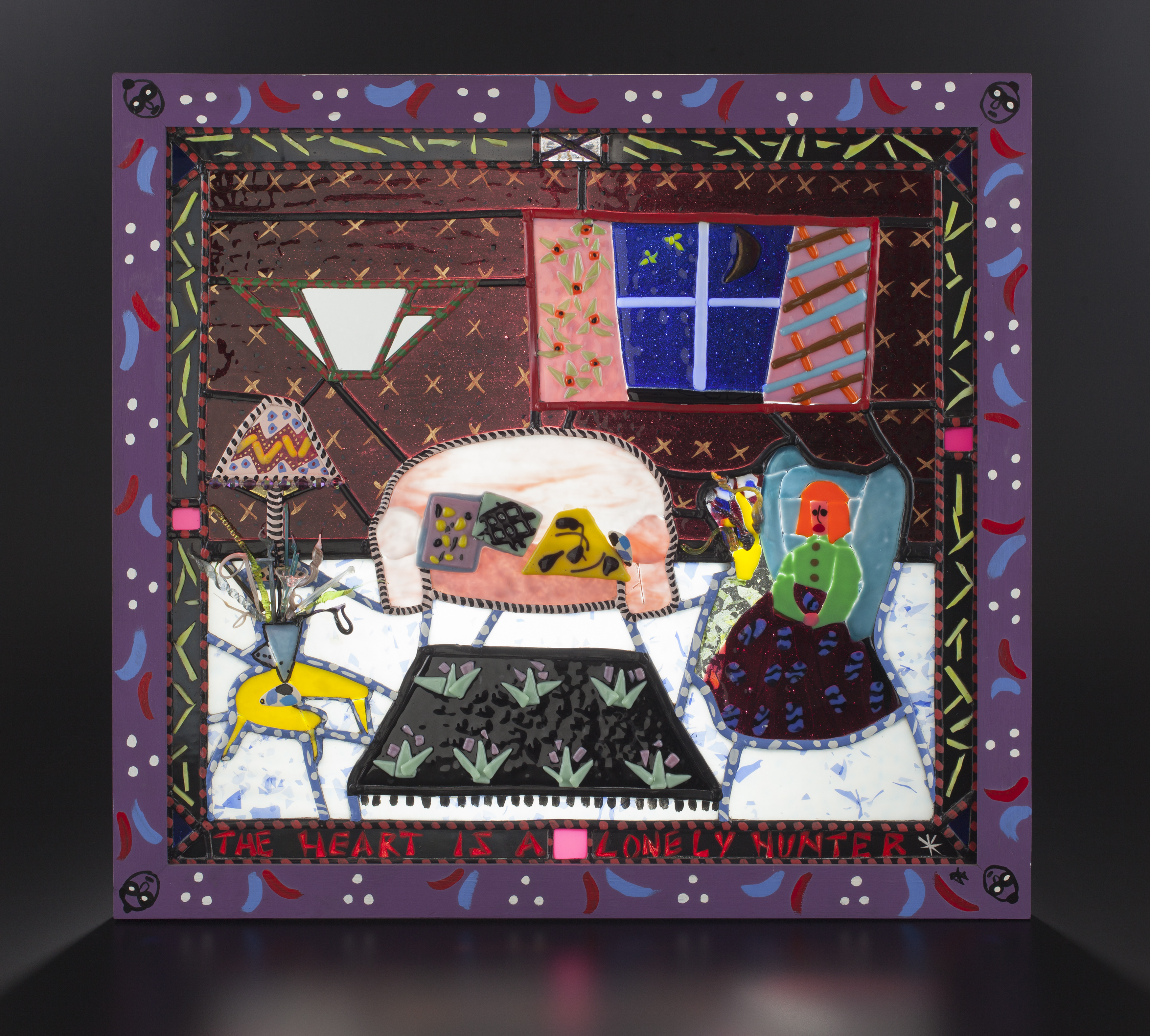
Barry’s interest in collecting led to his long involvement with the newly opened Powerhouse Museum, a 1988 transformation of the Museum of Applied Arts and Sciences. He delighted in seeing the Museum’s collection grow and sought opportunities to engage curators in discussions about art and collecting.
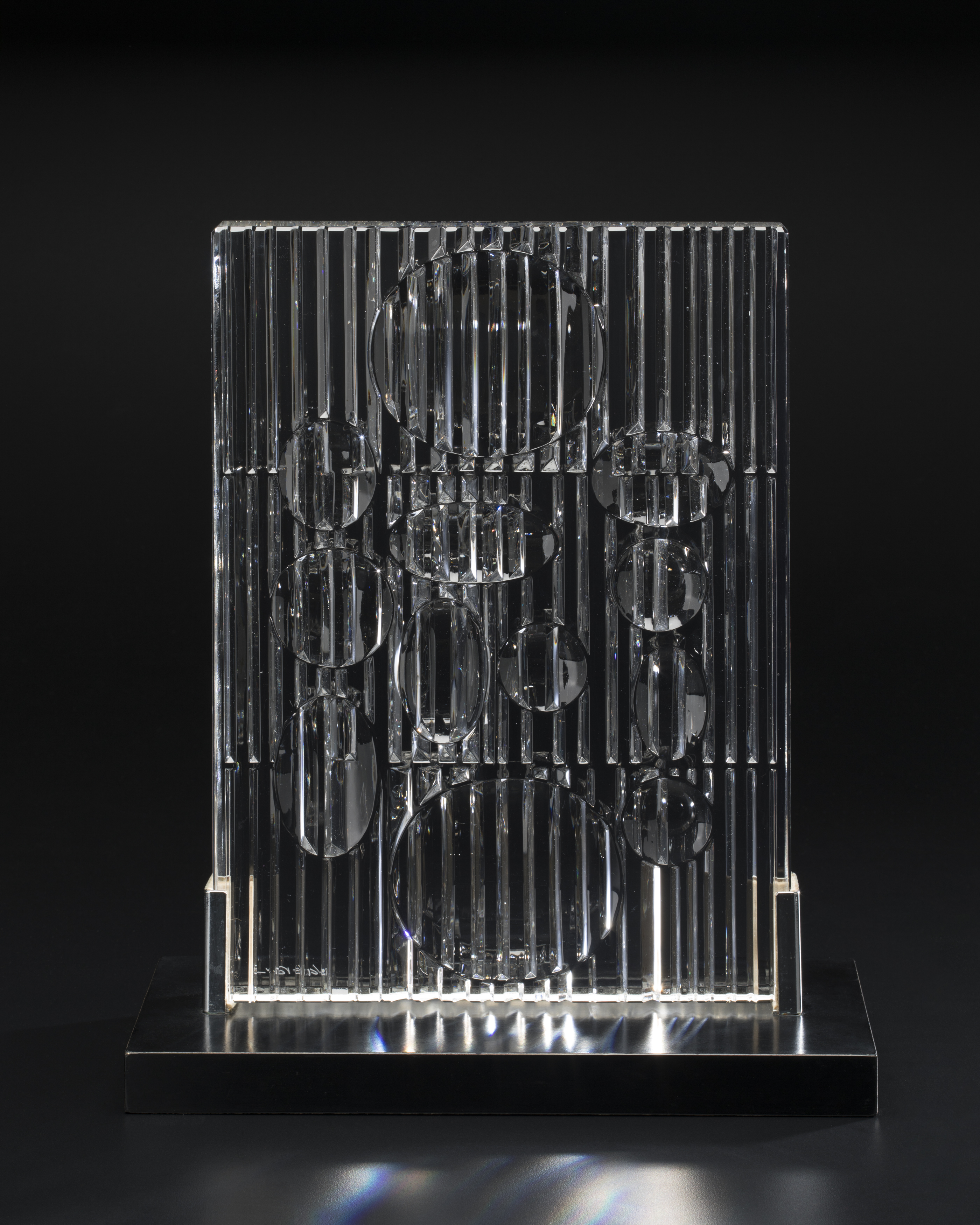
Currently on display at the Powerhouse Museum is a selection of 12 Australian and international 20th century glass objects from the collection Barry has donated, including Jan Blum’s glass panel. Also featured in A Brilliant Gift: The Barry Willoughby Bequest are stunning French vases by René Lalique and examples of Scandinavian, Italian, French and English modernism. Among the highlights in the latter group are the iconic limited-edition sculpture Erebus by the French-Hungarian Op Art artist Victor Vasarely for Rosenthal, Spina vessels from Murano’s Barovier & Toso, and a Venetian vase by Alfredo Barbini that Barry bought from an Italian glass exhibition at Sydney’s David Jones Gallery.
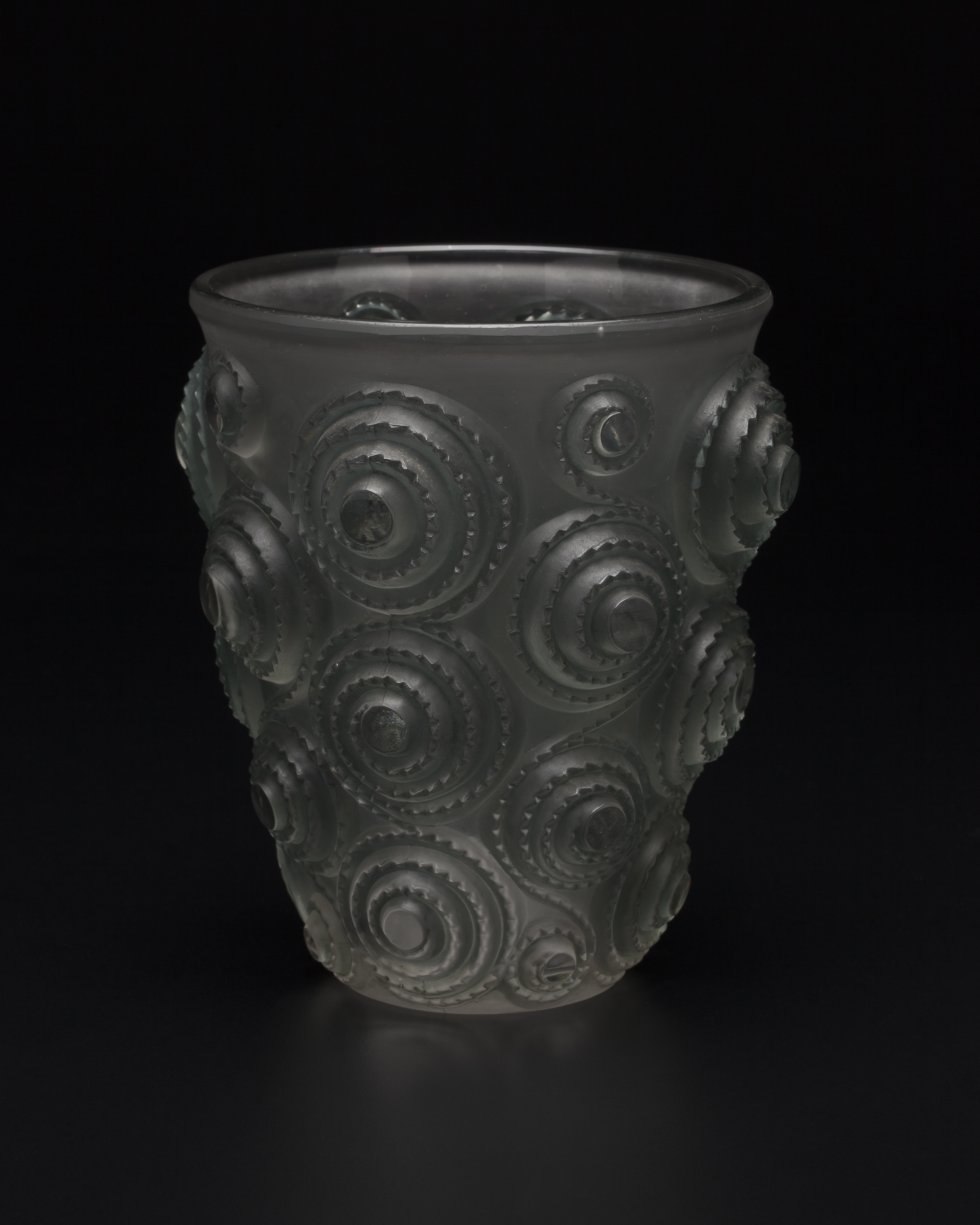
Barry was a classical music enthusiast and his bequest also includes the first edition musical score (oratorio) of Joseph Haydn’s masterpiece The Creation (Die Schöpfung, 1797–98) published in Vienna in 1800. This rare publication also includes the list of subscribers particularly from the London music scene in the late 18th and early 19th centuries. The Creation is a great companion to the George Frideric Handel manuscript in the MAAS collection and other early and first editions by great European composers such as Mozart and Beethoven.
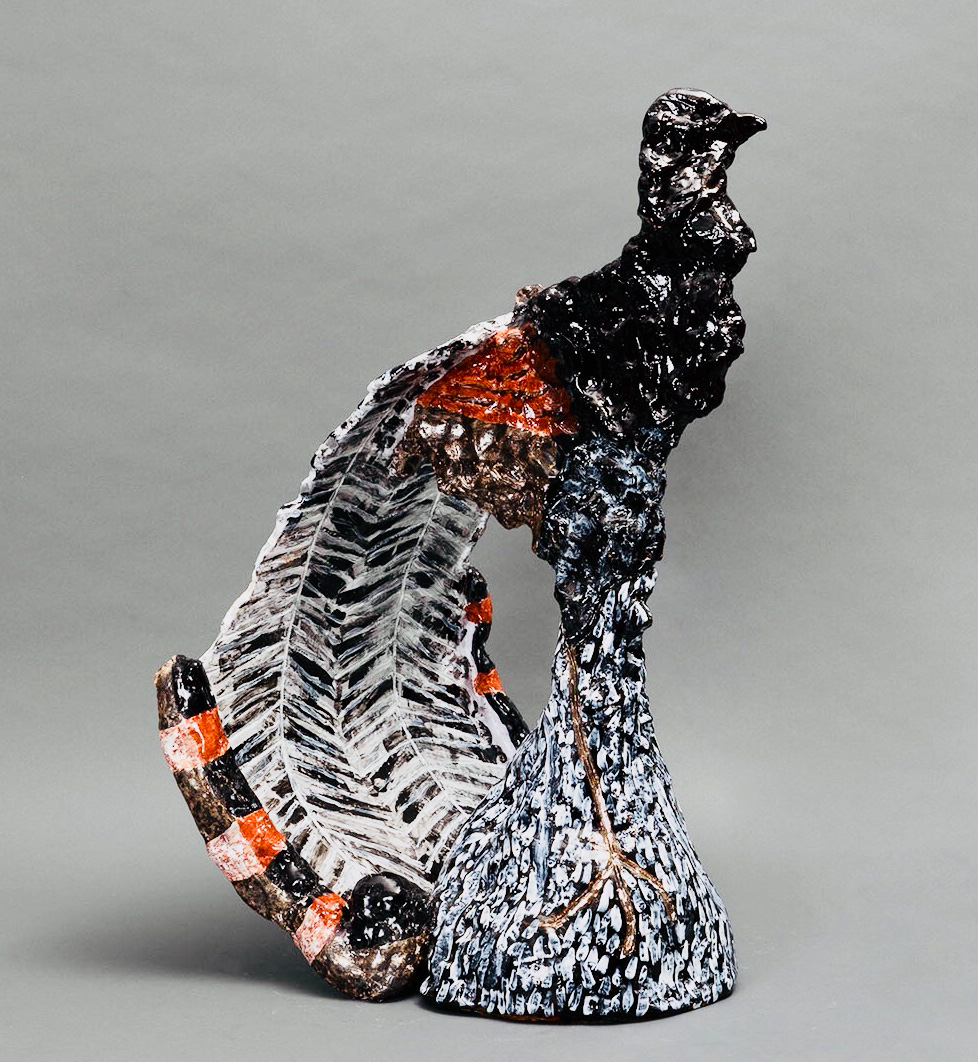
The first artwork recently acquired with funds from the new Barry Willoughby Bequest for Australian contemporary glass and ceramics, is life-size Lyrebird 2 by Peter Cooley, a ceramic artist who works from his studio in the Blue Mountains near Sydney, a unique natural environment which is his major source of inspiration. It is the first time that Cooley has modelled the lyrebird, the ground dwelling songbird from Australian forests. It stands in an upright pose, its strong legs gripping a mound of twigs; we know it is an adult male as it has an ornate tail with fanned feathers that, when spread out in display in real life, resemble a lyre.
Highly stylised, Cooley’s lyrebird is a radical departure from the sculptural ceramics of native fauna by his significant Australian mid-century predecessors such as John Castle-Harris and Grace Seccombe: it is boldly modelled and painted with thickly-applied textured glazes reminiscent of European abstract expressionist sculpture of the 20th century. The Museum has long recorded the incorporation of native Australian fauna and flora in the applied arts. In 1906, it mounted Australia’s first exhibition of decorative arts inspired by indigenous plants and animals, which evolved over a decade forming the basis for the specialist Australiana collection. Peter Cooley’s contemporary sculpture is the first ceramic representation of this magnificent bird to join these unique holdings.
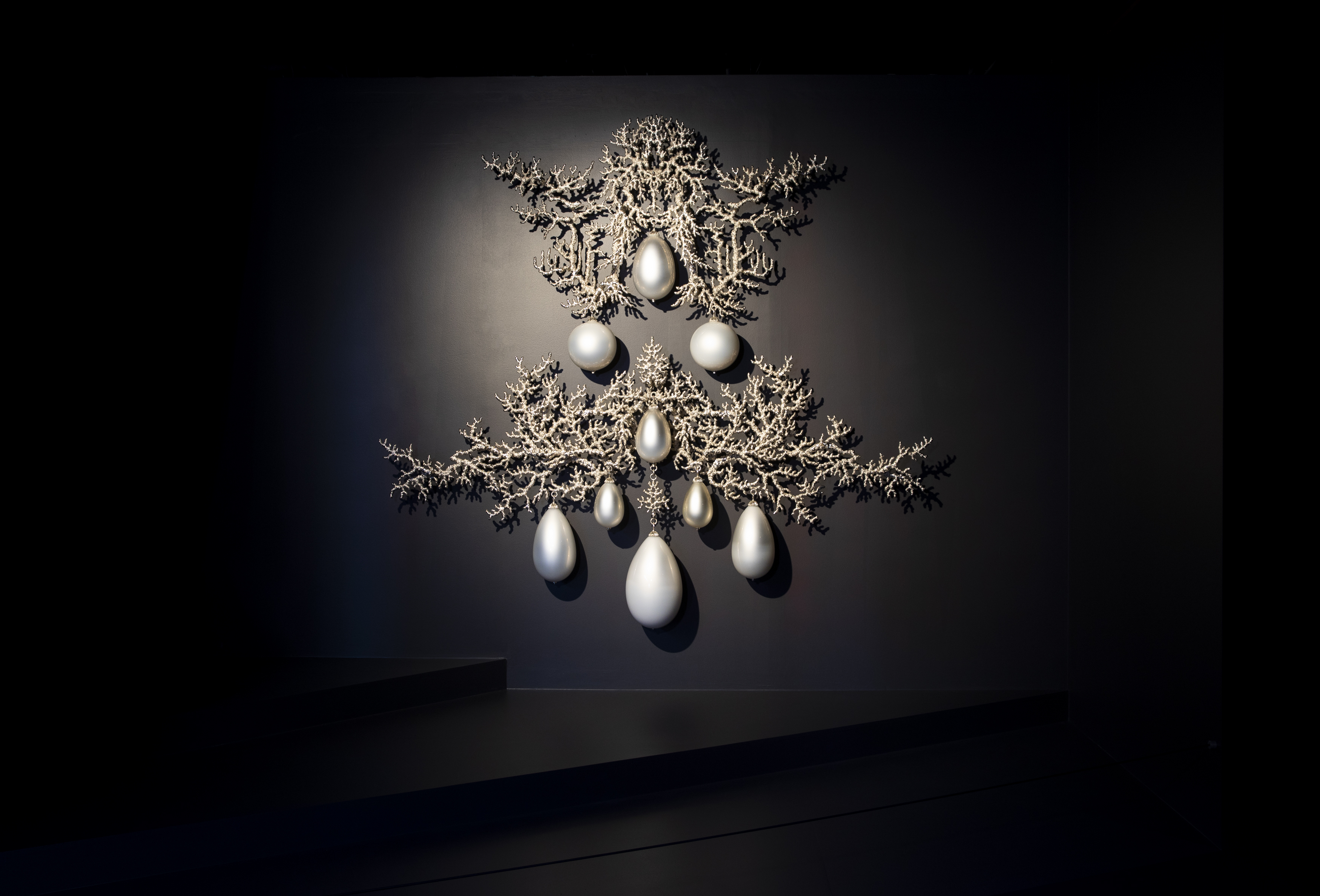
A major highlight of Fantastical Worlds, a new exhibition at the Powerhouse Museum, Gorgonia 15 by Timothy Horn is the second Barry Willoughby Bequest acquisition. Spanning two meters, it is a spectacular wall sculpture in mirrored blown glass and nickel-plated bronze from his recent Coral Works series. Appearing like a gigantic coral fossil from the future, it expresses Horn’s concern about the effects of climate change on Australia’s Great Barrier Reef, and the radioactive fallout from the Fukushima nuclear accident. It was inspired by a French baroque earring pattern and Old Plum, an ink and gold-leaf panel by 17th-century Japanese artist Kano Sansetsu. Horn transformed the patterns of Old Plum into bony branches of Gorgonian sea-fan coral, so-named after the Gorgon of Greek mythology. Just as the victims of the snake-haired Gorgons were transformed into stone, coral bleaching has petrified parts of the reef and rendered it lifeless. Summoning this spirit, Horn’s silvery Gorgonia conveys a sense of terrifying beauty.
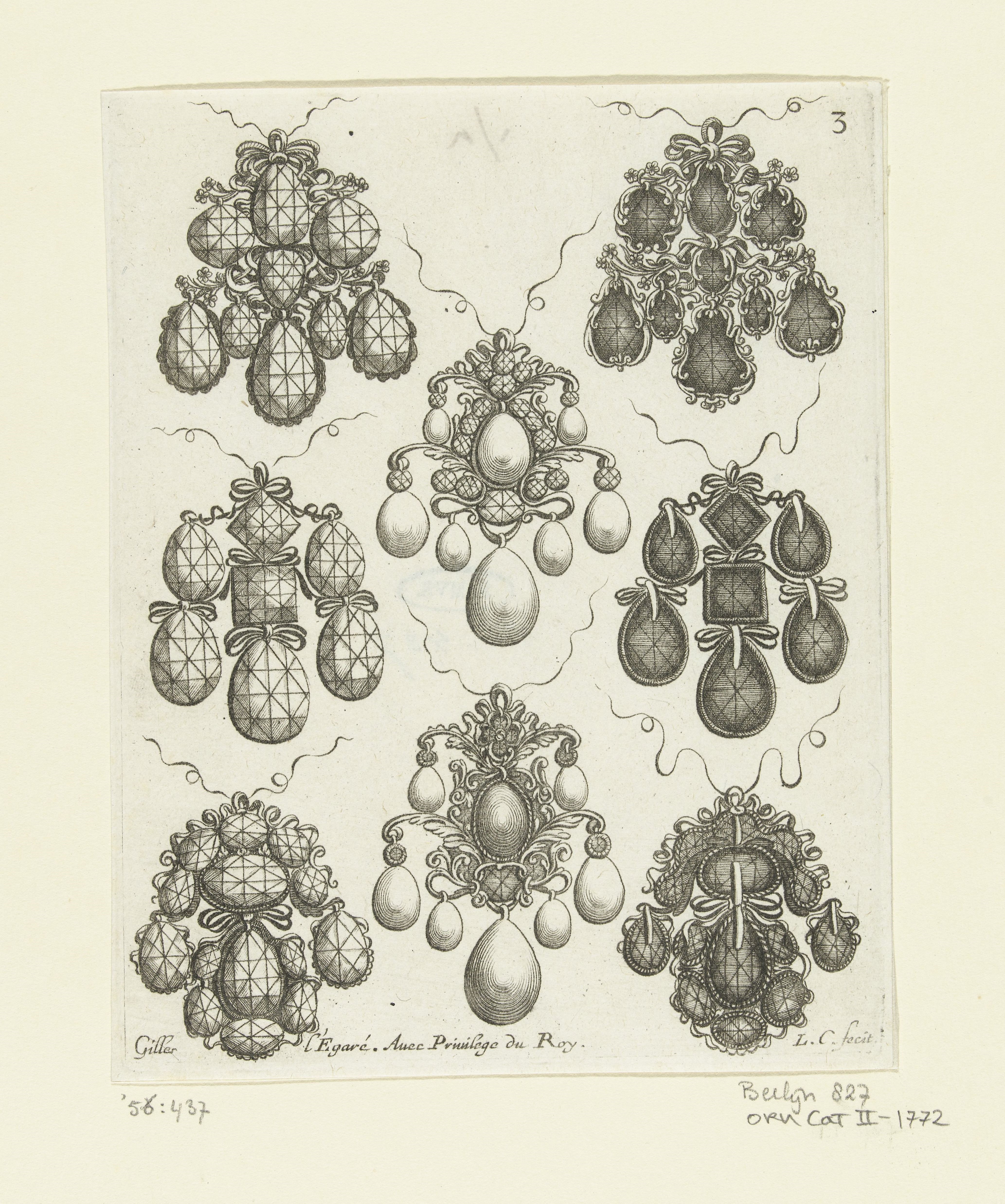
Australian born and trained, Horn now lives in the United States. Working across several disciplines and with a wide range of materials, he draws from a broad bank of craft skills to create artworks that exist at the crossroads of real and fictional worlds. His creative focus, he explains, is ‘the meeting point between the natural and constructed worlds… the area of slippage between the organic and artificial.’ He is well known for taking historical objects and images out of their usual context and altering their scale. The otherworldly Gorgonia 15 is a fascinating example and a timely addition to the Museum’s collection.
Thank you to all benefactors who have generously pledged to support the future of the Museum via a gift in their will. If you are considering leaving a gift to MAAS in your will, or if you would like to learn more about how your gift can make a difference, please contact the Development Team at development@maas.museum.
Written by Eva Czernis-Ryl, Curator